Wondering what to plant after tree removal? This thetreecareguide.com article covers the best trees, shrubs, flowers, and ground covers to consider. Learn how to prepare your soil, care for new plants, and creatively use tree stumps to enhance your garden.
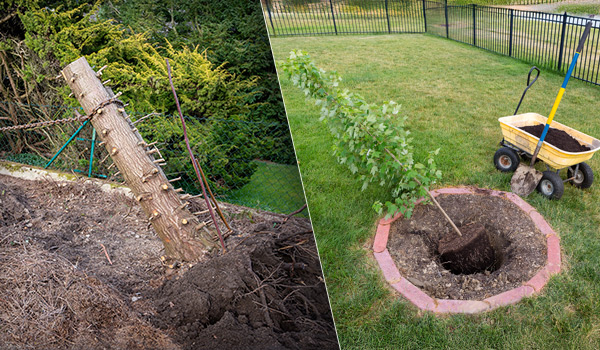
Key Takeaways
- Choose native trees like Oak and Flowering Cherry for resilience and beauty after tree removal.
- Prepare your soil by removing old roots, adding organic matter, and testing pH to ensure optimal growth conditions.
- Consult with certified arborists and professionals for expert guidance and a yard analysis to enhance your replanting success.
Ideal Trees for Replanting After Tree Removal
Selecting trees that thrive in your local environment, such as native oaks, flowering cherries, and other region-appropriate species, promotes healthy growth and enhances your garden’s visual appeal.
Certified arborists offer valuable insights into choosing disease-resistant and adaptable tree species for your garden, as a certified arborist can provide expert guidance.
Native Oak Trees
Native Oak trees are sturdy, long-lived, and well-adapted to local conditions, making them an excellent choice for post-tree removal. Their resilience and ecological benefits support local wildlife and promote biodiversity.
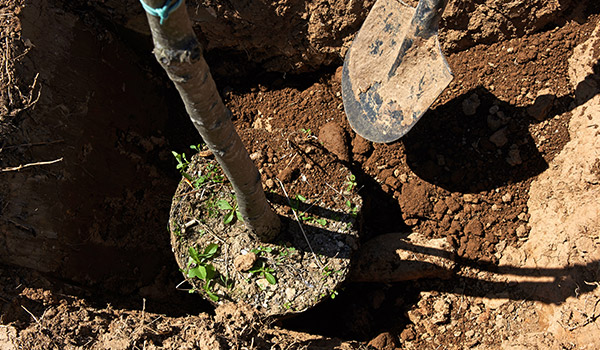
Certified arborists can assist in selecting the right Oak species for your landscape and ensure proper planting and care.
Flowering Cherry Trees
Flowering Cherry trees, known for their breathtaking blossoms and beautiful flowers, thrive in various soil conditions and enhance your garden with vibrant colors and delightful fragrance.
Their relatively low maintenance nature and adaptability make them a popular choice post-tree removal.
Evergreen Trees
Evergreen trees provide year-round greenery and help provide a lush landscape and aesthetic. Their resistance to pests and diseases reduces the need for constant maintenance.
Pines and Spruces are great evergreens that thrive in various soil conditions, making them a reliable choice post tree removal.
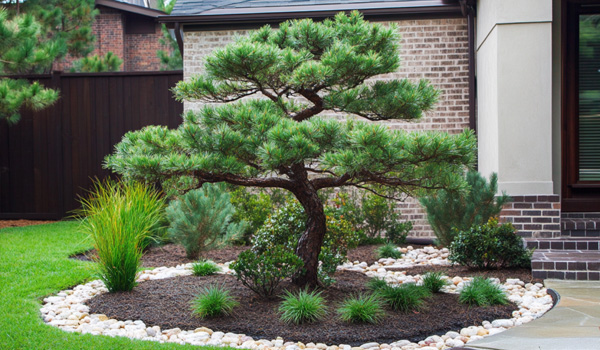
Suitable Plants for Post-Tree Removal Landscaping
Incorporating shrubs, perennial flowers, and ground covers can diversify and enhance your garden. These plants adapt to changed soil conditions post-tree removal and add structure, color, and texture.
Combining other plants enhances your garden’s aesthetic and promotes environmental health.
Shrubs and Bushes
Low-maintenance shrubs like Azaleas and Hydrangeas add structure and vibrant colors. Azaleas offer attractive blooms in various hues, while Hydrangeas produce large, colorful clusters that change color based on soil pH.
These shrubs require minimal care and greatly enhance your garden’s aesthetic.
Perennial Flowers
Perennial flowers like Hostas and Daylilies are ideal for a post-tree removal garden, offering lasting beauty with minimal care once established.
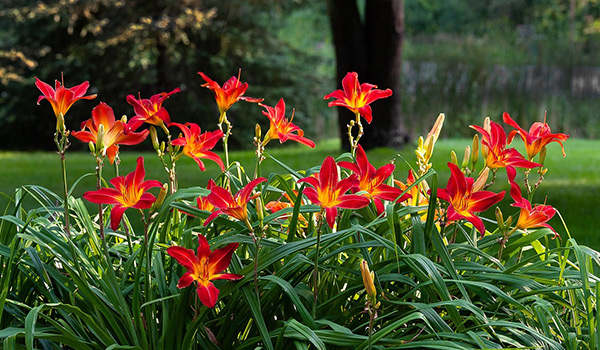
Hostas thrive in shaded areas and add lush foliage, while Daylilies provide vibrant blooms throughout the growing season.
Ground Covers
Ground covers like Creeping Juniper and Vinca Minor prevent soil erosion and fill bare spots. They help maintain soil moisture, reduce watering needs, and enhance landscape aesthetics.
Ground covers are practical and visually appealing additions to any garden.
Preparing the Soil for New Plantings
Preparing the soil after tree removal is vital for successful new plantings. This includes removing old roots and wood chips, adding organic matter, and testing soil pH for optimal growing conditions.
Proper soil preparation ensures new plants thrive and establish strong root systems.
Removing Old Roots and Wood Chips
Clearing remaining roots and wood chips prevents nutrient competition and ensures healthy growth for new plants. Remnants from the previous tree can hinder root growth and nutrient absorption.
Adding Organic Matter
Adding compost and organic materials enriches the soil and promotes better nutrient availability. Incorporating organic matter improves the soil structure, enhances moisture retention, and supports healthy plant growth.
This step promotes new growth after tree removal.
Testing Soil pH
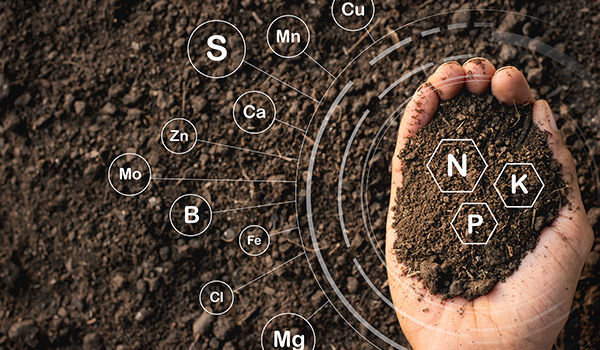
Testing and adjusting soil pH meet the specific needs of new plants. Most plants thrive in a slightly acidic environment, with optimal pH levels between 6 and 7.
The right soil pH creates favorable conditions for plant growth and development.
Caring for Newly Planted Trees and Plants
Proper care and maintenance are crucial for establishing newly planted trees and plants. This includes regular watering, mulching, and protecting new plantings from wildlife. It is also important to plant trees to ensure a healthy environment.
Consistent care ensures your new plants thrive and contribute to a healthy, beautiful new garden.
Regular Watering
Newly planted trees need consistent watering to establish roots. Watering once a week is generally sufficient, but more frequent watering may be necessary in sandy or gravelly soils. Regular watering during the initial growth phase encourages strong root development.
Mulching Techniques
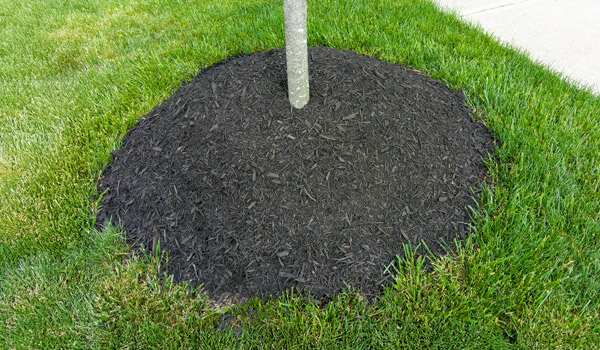
Applying organic mulch around newly planted trees retains surrounding soil moisture and suppresses weeds. Mulch also moderates temperature fluctuations around roots and enhances nutrient retention.
Proper mulching techniques support the healthy growth of your new plantings.
Protecting from Wildlife
Newly planted trees and plants are vulnerable to damage from deer, rabbits, and other wildlife. Fencing and repellents can be effective tools to deter animals and protect young trees as they establish.
Protecting your new plantings ensures they have the best chance to thrive.
Utilizing Tree Stumps Creatively
Repurposing tree stumps enhances your garden’s aesthetic and functionality. Creative uses include raised flower beds, garden seats, and planters.
These ideas transform leftover tree stumps into charming garden features.
Creating a Raised Flower Bed
Hollowing out a tree stump and filling it with soil and plants creates a raised flower bed. This approach allows for creative floral arrangements and adds a distinctive touch to your garden.
Making a Garden Seat
Convert a tree stump into a rustic garden seat by smoothing the surface and applying a weather-resistant sealant.
This charming addition enhances your outdoor space and provides a natural seating option.
Using Stumps as Planters
Hollowing out tree stumps creates unique planters for small flowers or succulents. Adding drainage holes prevents waterlogging.

Stump planters add character and visual interest to your garden.
When to Replant After Tree Removal
Timing is crucial for replanting after tree removal. Waiting at least one year before replanting in the same location allows the soil ecosystem to recover, ensuring better growth for new plants.
Waiting Period
Waiting one year before replanting in the same spot allows old decomposing roots to decompose and the soil to recover, creating a healthier environment for new plantings.
If the removed tree had an intact root ball, replanting the same tree might be possible.
Alternative Planting Locations
Planting new trees in adjacent areas maximizes available space and resources. This approach creates a harmonious landscape, promotes biodiversity, and attracts more wildlife through planting trees.
Consulting Professionals for Tree Planting
Consulting professionals like certified arborists and tree service companies can improve the success of your replanting efforts. They offer guidance on selecting the right trees and plants, ensuring proper planting techniques, and providing ongoing care.
Hiring Certified Arborists
Certified arborists have the specialized knowledge to recommend the best tree-planting options for your landscape. They can assist with mulching services and other essential tree care practices. Hiring certified arborists ensures your new trees are established correctly, enhancing their longevity and health.
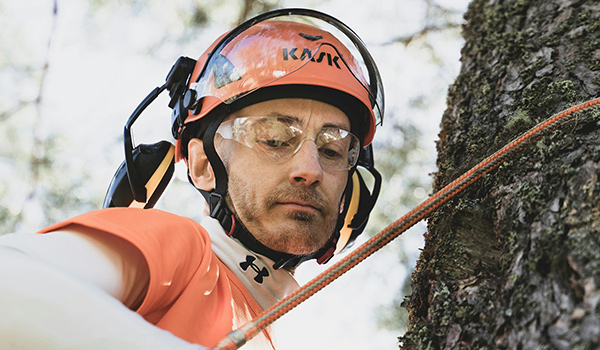
Tree Service Companies
Reputable tree removal service companies offer services like tree removal, stump grinding, and replanting. They often have certified arborists on staff to provide expert guidance and ensure professional landscape maintenance.
Their services can make the tree removal and replanting processes seamless and efficient.
Free Yard Analysis
Free yard analysis services from tree care companies can assess your landscape and recommend suitable plants. Certified arborists evaluate soil health and suitability for new plantings, ensuring successful garden restoration efforts.
A free yard analysis can guide you in making the best decisions for your landscape.
What to Plant After Removal Summary
Replanting after tree removal presents a wonderful opportunity to rejuvenate and enhance your garden. You can create a thriving and beautiful landscape by carefully selecting the right trees, shrubs, and plants, preparing the soil, and providing proper care. Consulting professionals like certified arborists and tree service companies can offer invaluable assistance throughout the process. Embrace the potential of your garden and transform it into a lush, vibrant oasis.
Frequently Asked Questions
How long should I wait before replanting in the same location after tree removal?
You should wait at least one year before replanting in the same location after tree removal to allow the soil to recover and ensure a healthy start for your new plants. This patience will pay off, leading to a thriving garden!
What are some good tree species to plant after removing an old tree?
Consider planting Native Oak, Flowering Cherry, or Evergreen trees, as they are resilient and beautify your garden. Choosing the right species will ensure your landscape thrives for years to come!
How can I prepare the soil for new plantings after tree removal?
To ensure your new plantings thrive, be sure to remove old roots and wood chips, enrich the soil with compost, and check the pH levels for optimal conditions. Taking these steps will set your garden up for success!
Why should I consult certified arborists for replanting after tree removal?
It is crucial to consult certified arborists for replanting after tree removal because they have the expertise to recommend the right tree species and planting techniques that promote healthy growth. Their guidance will help ensure your new trees thrive for years to come.
How can I creatively use tree stumps in my garden?
You can beautifully transform tree stumps into raised flower beds, rustic seating, or charming planters for flowers and succulents. Embrace your creativity and enhance your garden’s appeal with these unique touches!